+86 15093323284 hams@ailunce.com
Basic Introduction for Analog (FM) Repeaters
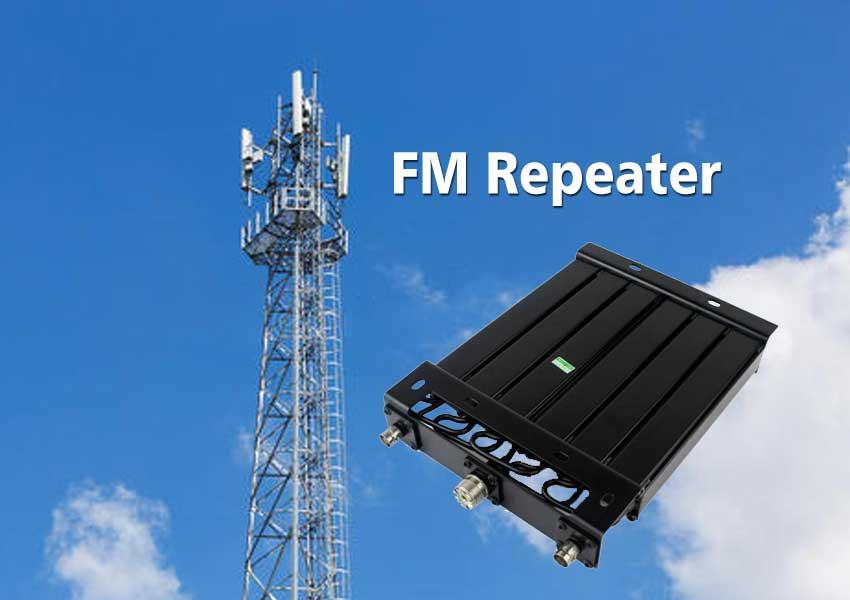
Operating on VHF/UHF FM repeaters is one of the most popular activities in amateur radio. For the new ham, FM repeater ops are often the first and most common on-air experiences, but accessing repeaters also represents a significant initial vexation for the new ham to overcome. It can greatly extend the communication distance.
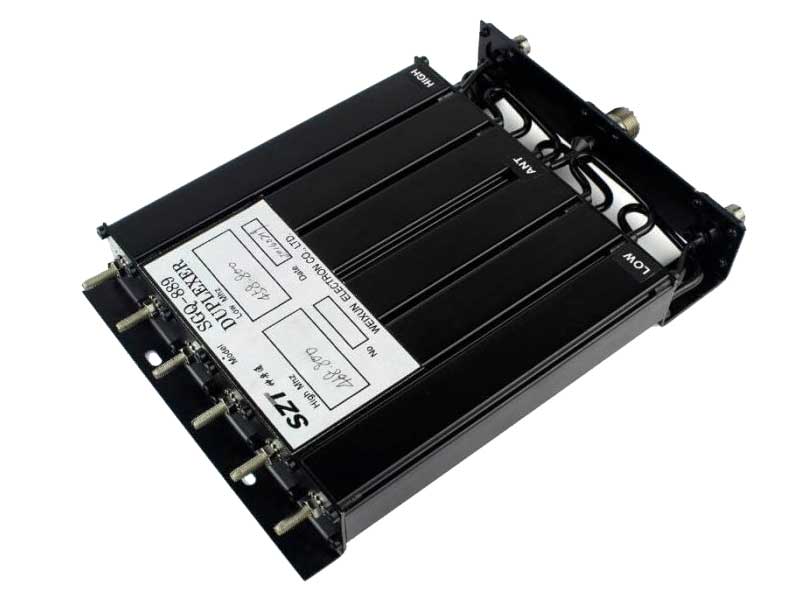
Repeater, as the name implies, an FM repeater repeats your radio signal. It is just an amateur radio station that has been designed for the special purpose of retransmitting your signal instantaneously as it is received.
Typically, an FM repeater station will be located in a high position, perhaps on a hill or mountain, or on a sizable tower or building. A repeater station may also retransmit with higher power than an operator uses with a handheld transceiver or other station transmitting to the repeater. As a result, the FM repeater's relay of your signal is transmitted over a much broader area than you can achieve with your station alone.
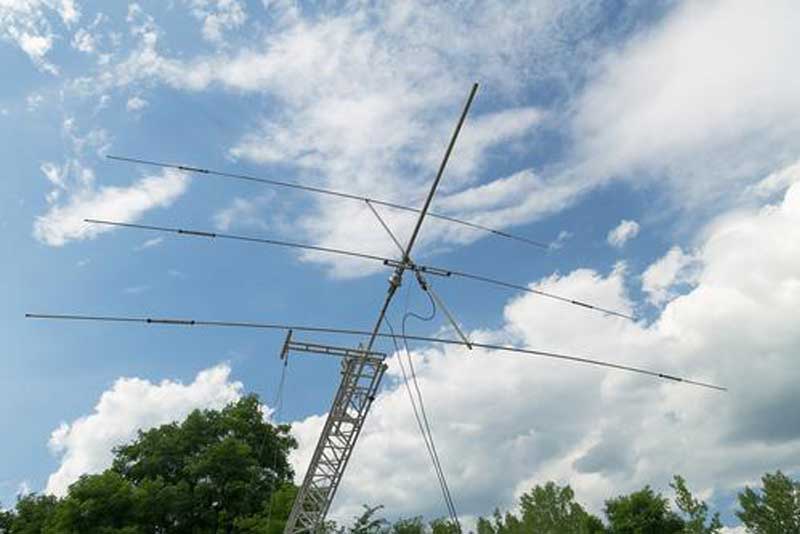
Further, because an FM repeater uses published, unchanging frequencies, it is a convenient way for amateurs within its reach to convene on the air. Groups of amateur operators will use a repeater to operate nets, on-air meetings at prearranged times, usually for a specific purpose or topic of interest. Nets on repeaters may also be convened by amateur radio emergency response agencies to coordinate emergency aid efforts across a broad area within the repeater's range.
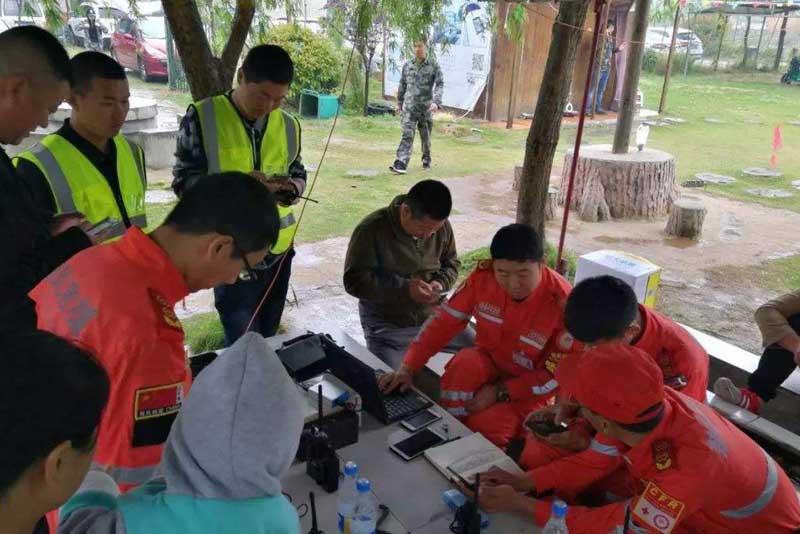
While multiple types of repeaters are operated by amateurs around the world, the most common type is the FM voice repeater using VHF or UHF frequencies. But repeaters are operated using single sideband mode, digital modes, and HF frequencies, as well.
As an FM repeater receives your signal it must retransmit it on a different frequency. It cannot retransmit on the same frequency that you are using to reach the repeater – that would cause a feedback loop in which the repeater's receiver would "hear itself" transmitting and then try to retransmit itself! So we can found all the repeater transmit frequency is not same with receive frequency.
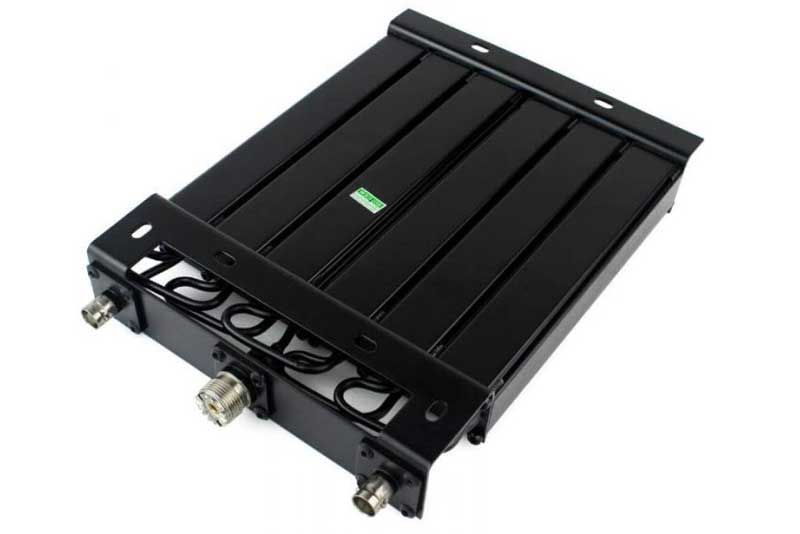
One frequency is used to receive signals from repeater users and another frequency is used to retransmit those received signals. This difference between the repeater's paired frequencies is called the offset or shift. A frequency offset may be positive (+) or negative (-). That is, the talk frequency may be higher (+) or lower (-) than the listen frequency. The shift, positive or negative, is always determined by the direction of the talk frequency relative to the listen frequency.











